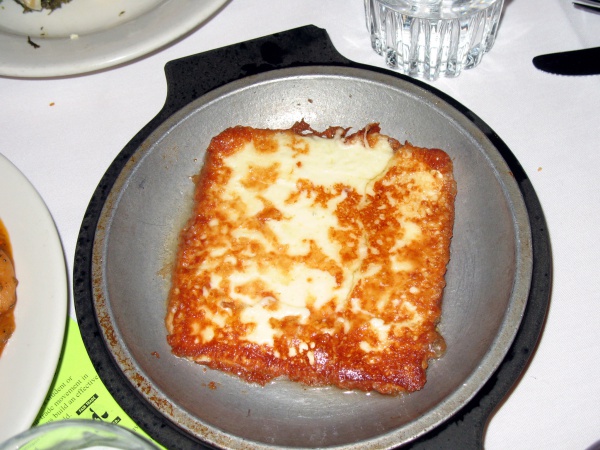Facts About Saganaki
In Greek cuisine, "saganaki" refers to a variety of dishes prepared in a small frying pan, but the most popular version is the fried cheese appetizer. The term "saganaki" is derived from the specific frying pan used, which is a smaller version of the "sagani" a two-handled pan. This word originates from the Turkish "sahan" meaning 'copper dish.'
Cheese saganaki is typically made with cheeses such as graviera, kefalograviera, halloumi, kasseri, kefalotyri, or sheep's milk feta. Different regions have their own variations: Arachova uses formaela cheese, Cyprus favors halloumi, and Metsovo opts for vlahotiri. The cheese is fried until it bubbles and then served with lemon juice and pepper, usually accompanied by bread.
Saganaki isn't limited to cheese. Shrimp saganaki and mussels saganaki are also popular, typically cooked with feta and served in a spicy tomato sauce.
In North America, particularly in the U.S. and Canada, there's an exciting variation on cheese saganaki known as "flaming saganaki." In this version, the cheese is flambéed at the table with a shout of "opa!" and the flames are extinguished with a squeeze of lemon juice. This dramatic serving style is said to have originated in 1968 at The Parthenon restaurant in Chicago's Greektown, based on a customer's suggestion.
Interestingly, a similar dish called "gibnah maqlyah" or "fried cheese" is a common appetizer in Egypt, especially in Alexandria.

 North Macedonia
North Macedonia